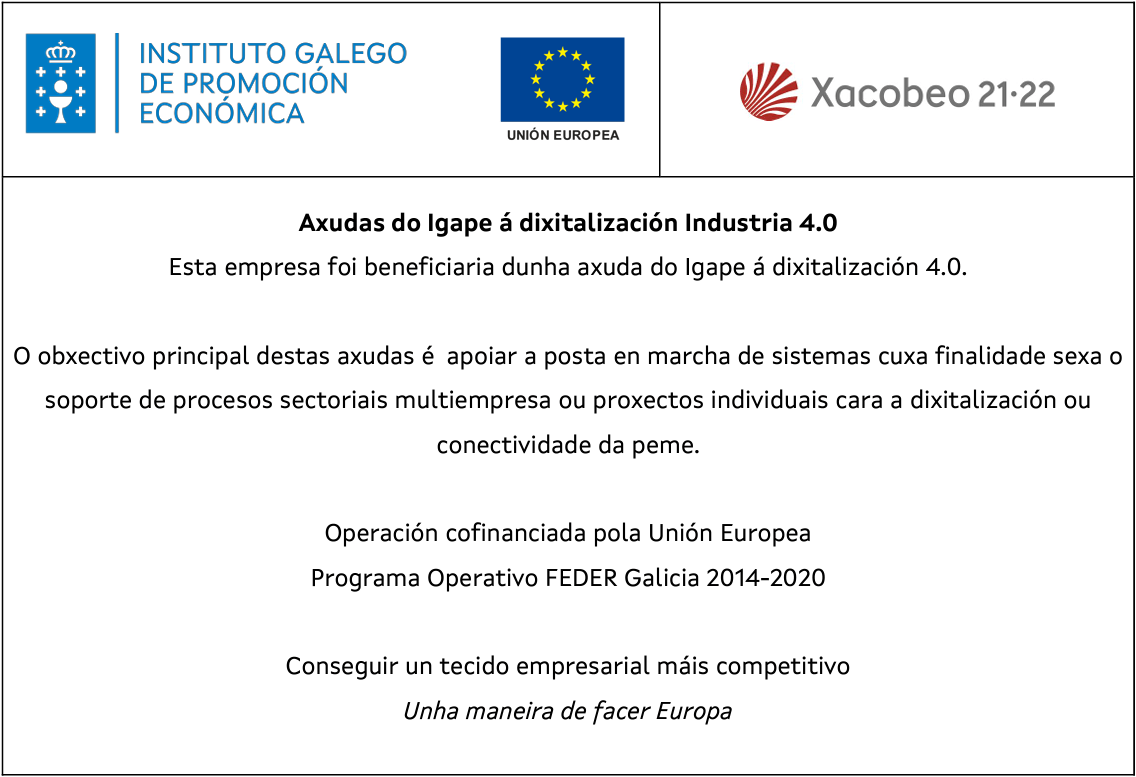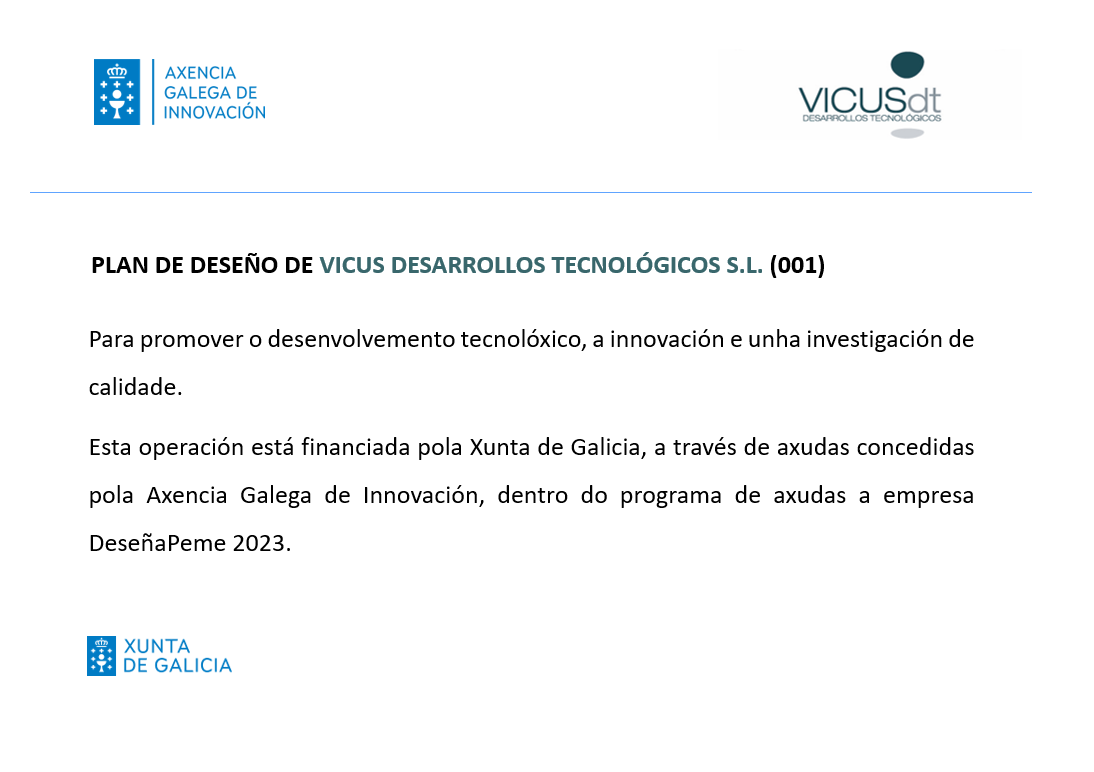PRELIMINARY HULL FORM DEVELOPMENT, POWERING AND DP ANALYSIS FOR A SEISMIC VESSEL
Customer: UK SHIPOWNER
Related Services: CFD SIMULATION,
Scope or work:
- Preliminary hull form development, powering and DP analysis for an 80 m seismicvessel.
o Development of different hull form alternatives.
o Preliminary CFD analysis without appendages.
o Preliminary DP analysis for different configurations evaluating ERN, crabbing speed, etc.
o Efficiency analysis of different propulsion concepts on different operational scenarios.
o Definition of a preliminary propeller sizing and optimal rpm setting.
o Powering prediction defining the required brake power
- Hydrodynamic analysis:
o Ship resistance and dynamic sink and trimcomputation
o Detection of vortex shedding and turbulence over the hull or appendages
o Nominal wakecomputation
- Propulsion
o Preliminary propeller analysis considering hull interaction and comfort aspects
o In behind propeller analysis for free run under engine power
o Self propulsion analysis on different speeds evaluating performance on different scenarios
- Seakeeping
o Computation of accelerations on different ship locations and comparison with limiting operating criteria.
o
Results:
The resistance and flow analysis are simulated in CFD Software StarCCM+. This analysis was performed for one loading condition without modelling the appendages.
The resistance obtained from numerical simulation was used to align the self propulsion prediction.
The analysis has identified recommendations. It would be recommended to carry out further optimization of the hull with the final appendage configuration for optimal alignment and location. It would be interesting to evaluate the effect of the different holes and appendages on the hull like tunnel thrusters, bilge keels, headbox and gondola.
The seakeeping performance and additional resistance in moderate sea states is another relevant aspect to be taken into account for optimal in service performance.






